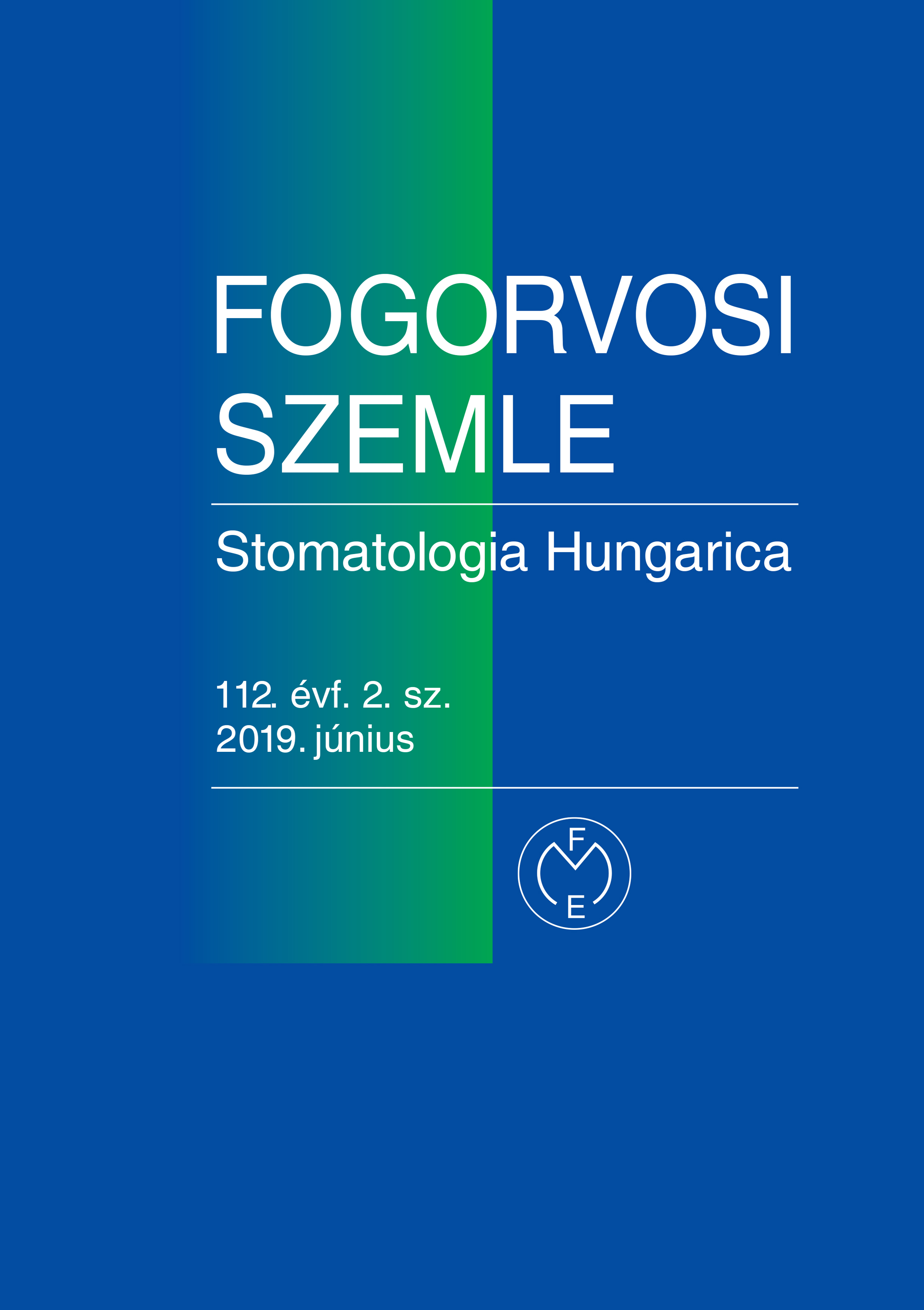A new classification scheme for periodontal and peri-implant diseases and conditions
Third part: An updated classification of non plaque related periodontal conditions and peri-implant conditions
Abstract
The basic objective of the first part of this report is to summarize the updated classification of the periodontal manifestations
of systemic diseases and conditions affecting the course of periodontitis and also the developmental and acquired
conditions with direct negative effects on the periodontal attachment apparatus irrespective of the presence or absence
of dental biofilm. Case definitions and diagnostic considerations are also presented. According to the new classification
the periodontitis associated with diabetes or tobacco smoking (now considered a dependence to nicotine) are not regarded
as a distinct diagnosis within the group of systemic diseases, rather as important modifying risk factors of tissue
destruction. The importance of the gingival phenotype, has been recognized and a new classification for gingival recessions
was proposed. There is no evidence that traumatic occlusal forces lead to periodontal attachment loss, or gingival
recessions. The term biologic width was replaced by supracrestal tissue attachment consisting of junctional epithelium
and supracrestal connective tissue. The infringement of restorative margins within the supracrestal connective tissue attachment
is associated with inflammation and periodontal attachment loss.
The second part covers the first evidence based classification for peri-implant diseases and conditions. The definitions
of peri-implant health, peri-implant mucositis, periimplantitis, and soft- and hard-tissue deficiencies were provided.
Peri-implant health is characterized by the absence of erythema, bleeding on probing, swelling, and suppuration. There
is strong evidence that plaque is the etiological factor for peri-implant mucositis. The main clinical characteristics of periimplant
mucositis is bleeding on gentle probing, and swelling that might cause an increase in probing depth. Peri-implantitis
is a plaque-associated inflammation of the peri-implant mucosa associated with progressive loss of supporting
bone. Its characteristic clinical signs: bleeding on probing, suppuration, increased probing depths, soft tissue recession
and radiographic bone loss. The healthy keratinized mucosa around the implants are essential for the long term stability
of the implants and also for patient’s comfort.
Copyright (c) 2021 Authors

This work is licensed under a Creative Commons Attribution 4.0 International License.


.png)




1.png)



